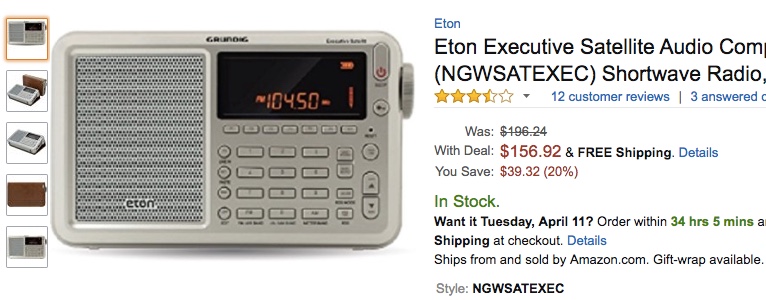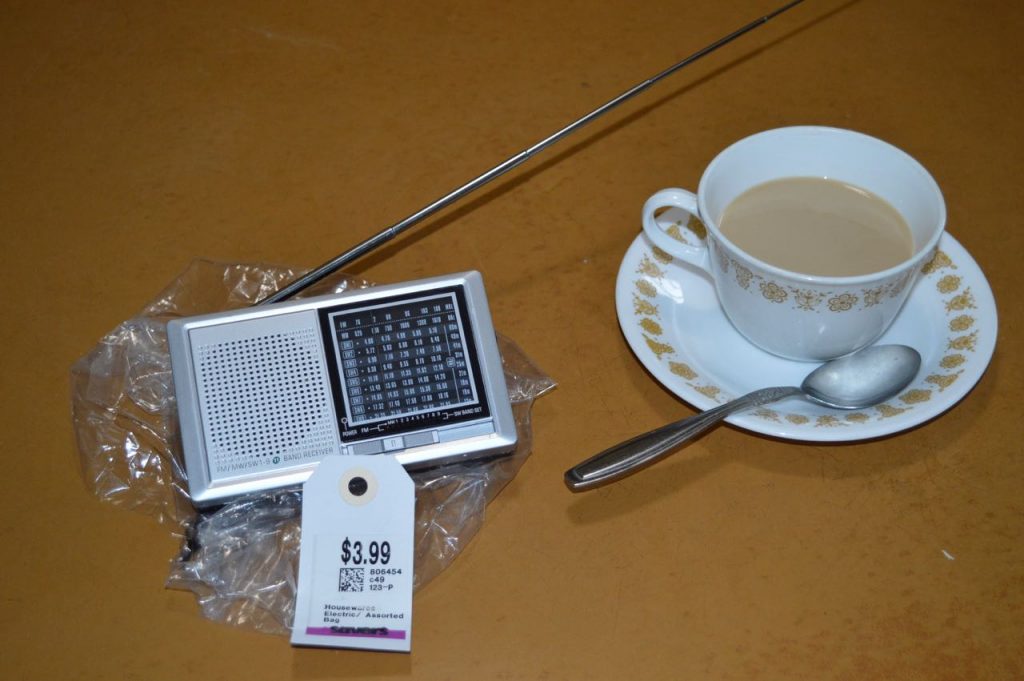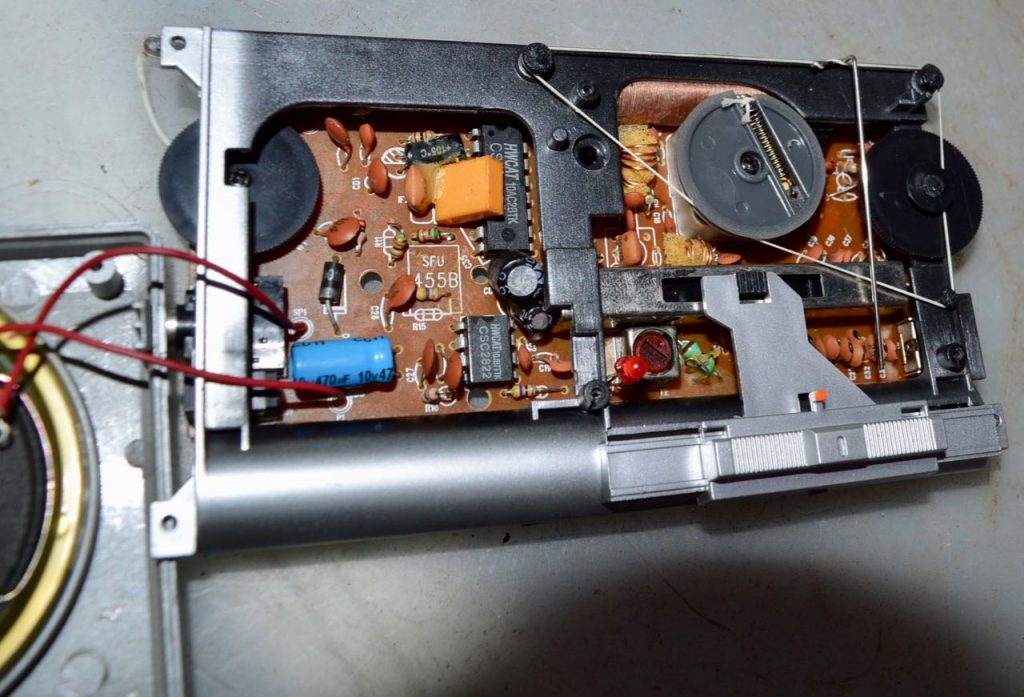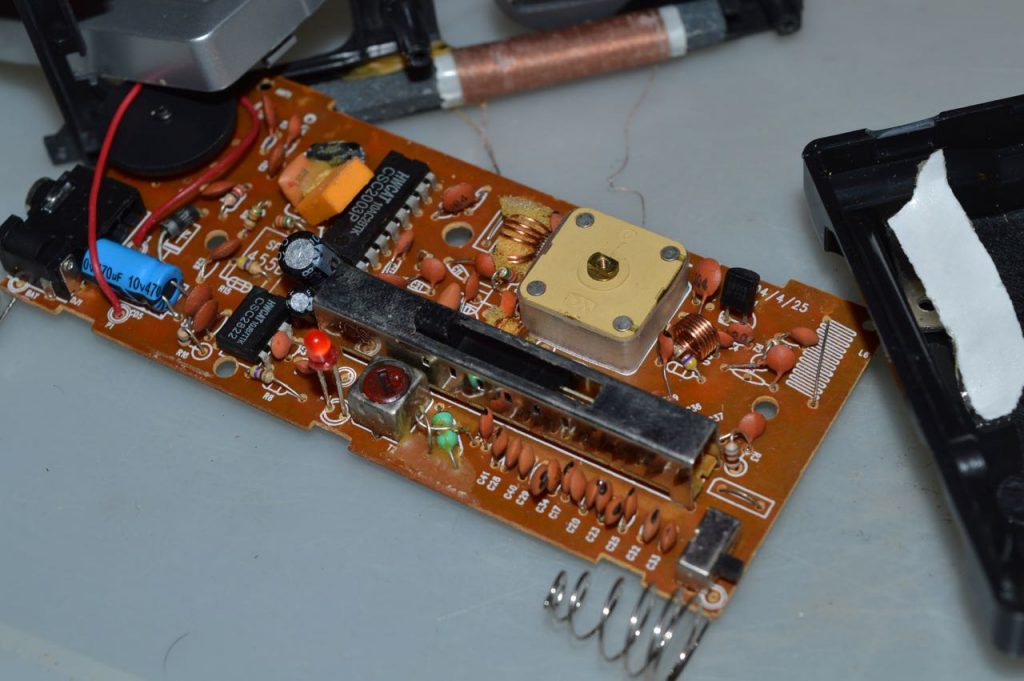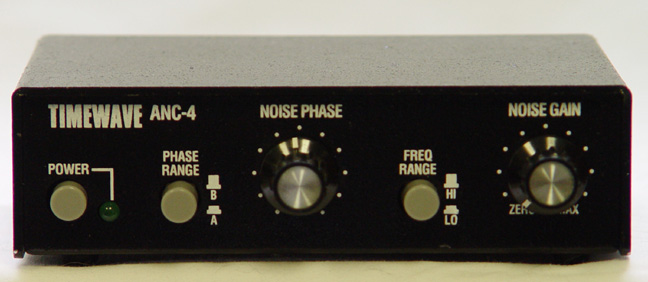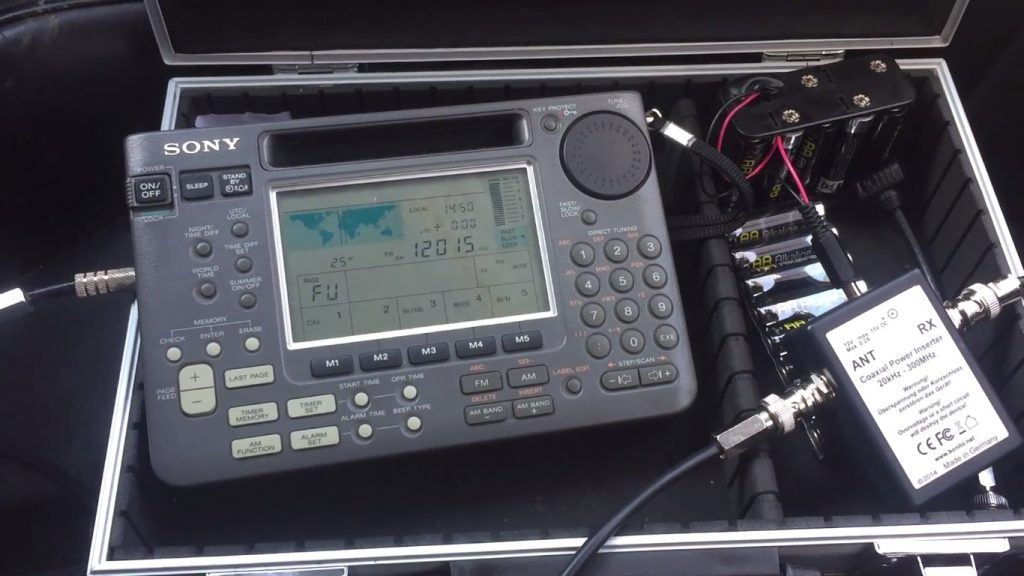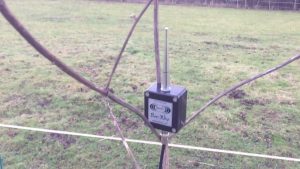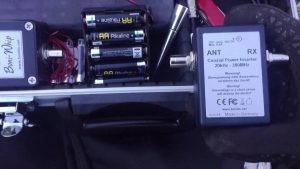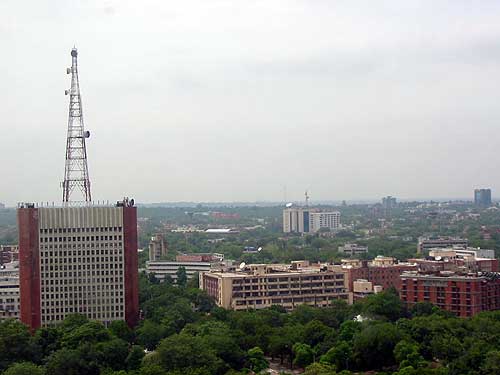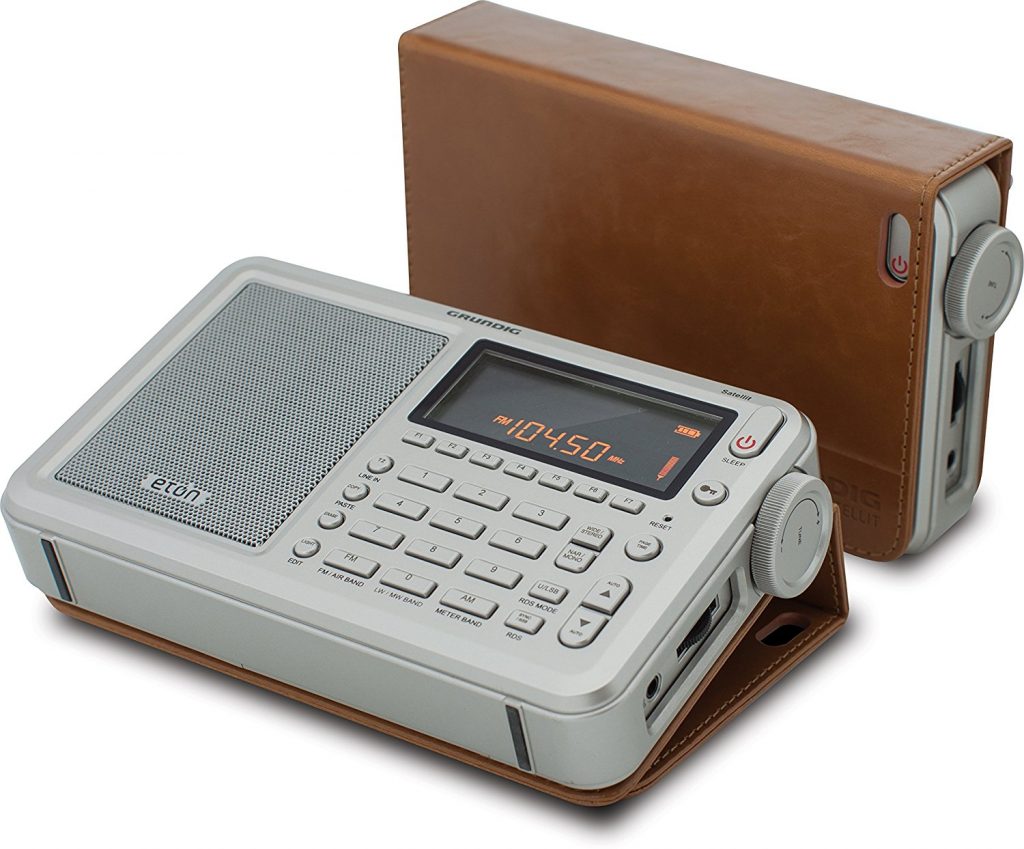
Many thanks to SWLing Post contributors, Troy, Ron and Steve, who note that Jay Allen has just posted a review of the Grundig Executive Satellit on his website.
The upshot? Jay found the performance identical to the previous (non-Executive) version of the Satellit which is to say that it has excellent AM performance and built-in audio.
In February, Clint Gouveia wrote up a review of the Satellit based on three weeks of DXing in the field. He found it to be an exceptional performer on the shortwave bands and stated:
“Ultimately, I have to strongly recommend this portable to anyone interested in DXing and in particular those that embark on DXpeditions.”
He embedded a number of videos from the field in his review (click here to view).
And, of course, our buddy Tom Stiles also reviewed the Executive Satellit on his YouTube Channel.
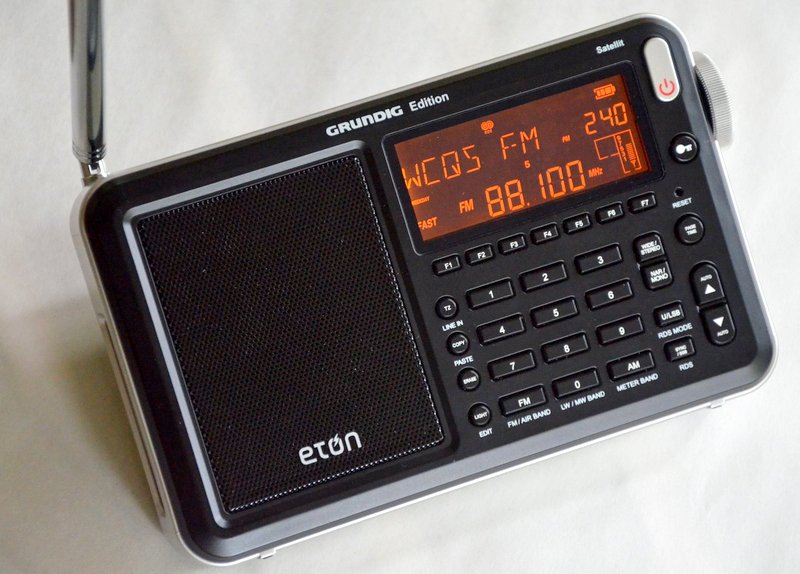
The original Eton Satellit
Like Clint, I own the original non-Executive version of the Satellit–since performance is identical, I’m not going to “upgrade” to the Executive version (though I do really like the executive case).
After Clint’s review in February, I stated taking the Satellit with me on travels more often and have been most pleased with its performance. While it took me a while to get used to its amber display at night, I must say it is a fantastic performer, has superb built-in audio and is overall a wonderful full-featured radio travel companion.
I often forget to mention the Satellit when readers ask for portable radio recommendations–perhaps this is because the Tecsun PL-880 simply overshadowed it in my mind. Not anymore.
Executive on sale
As we mentioned yesterday, the Executive Satellit also happens to be on sale at Amazon right now for $156.92 shipped. Click here to view on Amazon.com.
Eton Satellit vs. Tecsun PL-880
Speaking of the Tecun PL-880, SWLing Post contributor Charles Rippel recently ordered the Executive Satellit–he plans to compare it with the Tecsun PL-880 and share his findings with us. Stay tuned!

